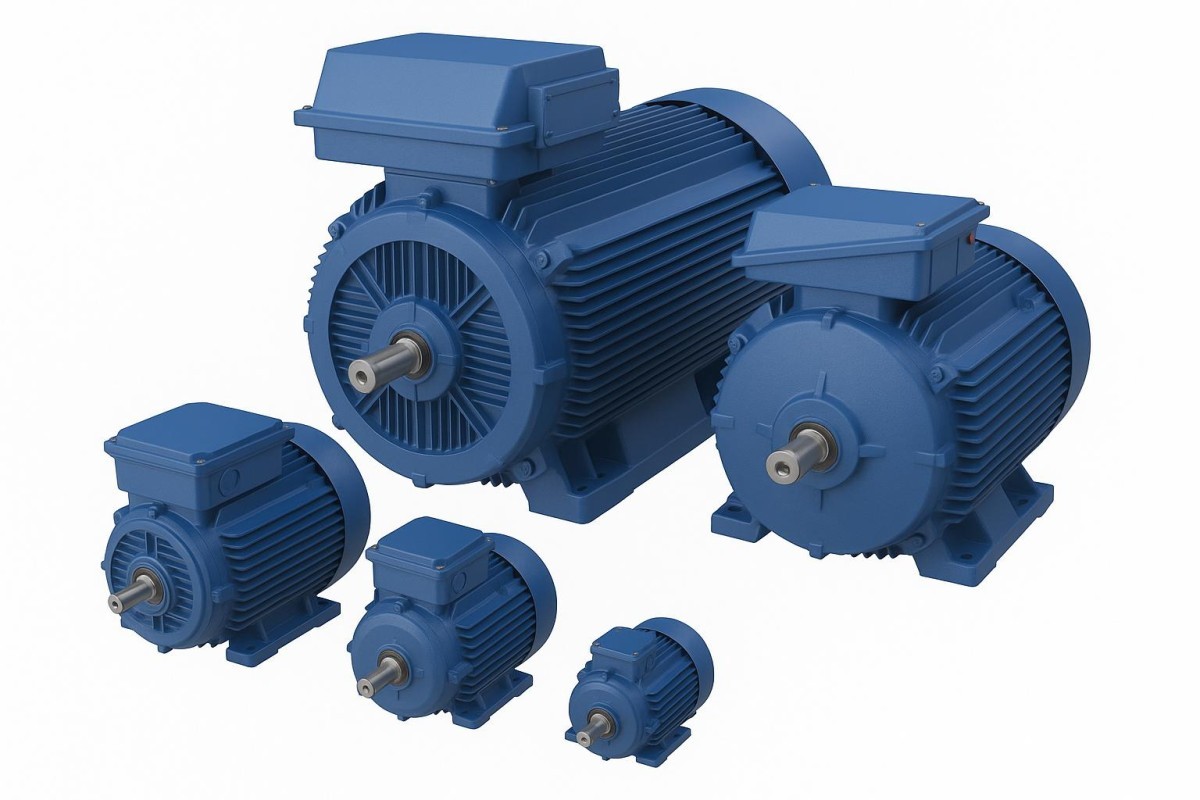High Impact-Resistant Industrial Electric Motors
Contact: +90 (542) 666 11 11
Electric motors are devices that convert electrical energy into mechanical energy. This conversion allows machines to move and operate efficiently, playing a critical role in industrial systems.
Basic Working Principle
Electric motors operate based on electromagnetic induction. When the stator (stationary part) is powered by electricity, a rotating magnetic field is created in the stator coils. This field induces a current in the rotor (rotating part), causing it to spin. The rotation produces mechanical energy, which powers machinery.
Motors are mainly categorized by the type of current they use:
-
AC (Alternating Current) Motors: Use a current that constantly changes direction. AC motors are durable and energy-efficient, making them widely used.
-
DC (Direct Current) Motors: Use a constant current. They allow easier speed control but generally require more maintenance than AC motors.
Key Features
-
High Efficiency: Electric motors convert energy into mechanical power with minimal loss.
-
Long Lifespan: Robust construction ensures reliable performance over time.
-
Low Maintenance: AC motors especially have few wear parts like brushes or commutators.
-
Quiet Operation: Modern motors minimize vibration and noise.
-
Energy Saving: Low power consumption reduces operational costs.
High Efficiency: Electric motors convert energy into mechanical power with minimal loss.
Long Lifespan: Robust construction ensures reliable performance over time.
Low Maintenance: AC motors especially have few wear parts like brushes or commutators.
Quiet Operation: Modern motors minimize vibration and noise.
Energy Saving: Low power consumption reduces operational costs.
Superior Performance with DRG Motor
Among modern electric motors, DRG Motor stands out. It delivers high torque, low energy consumption, and quiet operation. Its long-lasting design ensures reliable performance even in continuous and intensive use. DRG Motor maximizes the potential of electric motors, offering users high quality and efficiency.
Conclusion
Electric motors are the most reliable and efficient way to produce mechanical motion. AC and DC options meet different needs, and DRG Motor excels with high performance, durability, and energy efficiency, maximizing all the advantages electric motors offer.
 English
English
 Türkçe
Türkçe

